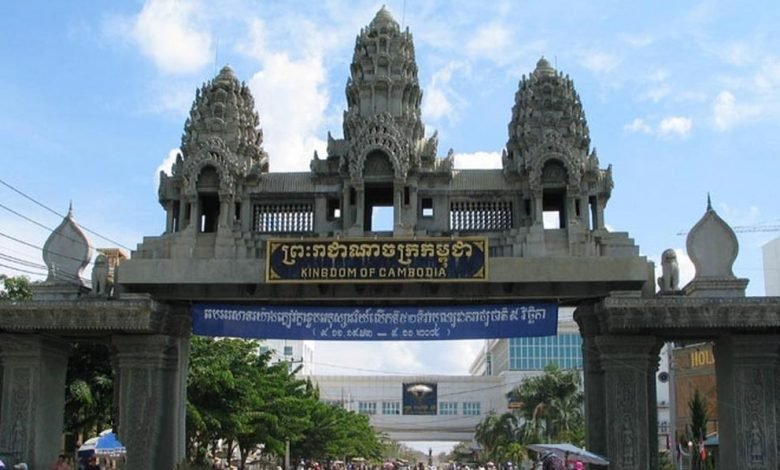Cambodia’s Economic Outlook

Introduction
Cambodia, a Southeast Asian nation known for its rich history and cultural heritage, has experienced significant economic growth in recent years. With a focus on diversifying its economy and attracting foreign investment, Cambodia has emerged as one of the fastest-growing economies in the region. This blog post will explore the current economic outlook for Cambodia, highlighting key factors contributing to its growth and potential challenges on the horizon.
Economic Growth
Cambodia has consistently achieved robust economic growth over the past decade, with an average annual GDP growth rate of around 7%. This growth has been primarily driven by the country’s thriving garment and textile industry, as well as a booming tourism sector. The government’s efforts to improve infrastructure and attract foreign direct investment have also played a significant role in fostering economic development.
Furthermore, Cambodia has benefited from preferential trade agreements, such as the Everything But Arms (EBA) initiative, which grants duty-free and quota-free access to the European Union market for the country’s exports. This has provided a competitive advantage for Cambodian businesses and helped to drive export-led growth.
Investment Opportunities
Cambodia offers a range of investment opportunities across various sectors, including manufacturing, agriculture, tourism, and real estate. The government has implemented policies to encourage foreign investment, such as tax incentives, streamlined business registration processes, and the establishment of special economic zones.
Manufacturing, particularly in the garment and textile industry, has been a key driver of Cambodia’s economic growth. The country’s low labor costs, favorable trade agreements, and skilled workforce have attracted numerous international brands to set up production facilities in Cambodia. Additionally, the government’s efforts to diversify the manufacturing sector by promoting industries such as electronics and automobile assembly have further expanded investment opportunities.
The tourism sector has also experienced significant growth, with Cambodia attracting millions of international visitors each year. The country’s rich cultural heritage, historical sites such as the Angkor Wat temple complex, and beautiful coastal areas have made it a popular tourist destination. As a result, there is a growing demand for hotels, resorts, and other tourism-related infrastructure, presenting investment opportunities in the hospitality and real estate sectors.
Challenges and Risks
While Cambodia’s economic outlook is generally positive, there are several challenges and risks that need to be addressed. One of the main concerns is the country’s heavy reliance on a few key sectors, such as garments and textiles, which make it vulnerable to external shocks, such as changes in trade policies or global economic downturns.
Another challenge is the need to improve infrastructure, particularly in rural areas, to support economic development and attract further investment. Investments in road networks, electricity supply, and water resources are crucial for promoting inclusive growth and reducing regional disparities.
Additionally, Cambodia faces the challenge of developing a skilled workforce to meet the demands of a rapidly evolving economy. Enhancing education and vocational training programs will be essential to ensure that the labor force remains competitive and adaptable to emerging industries.
Conclusion
Cambodia’s economic outlook is promising, with sustained growth and a range of investment opportunities across various sectors. The government’s efforts to attract foreign investment, improve infrastructure, and diversify the economy have contributed to its economic success. However, challenges such as sectoral reliance and the need for infrastructure development and skill enhancement must be addressed to ensure long-term sustainable growth. With continued focus on these areas, Cambodia has the potential to further strengthen its position as a dynamic and thriving economy in Southeast Asia.

